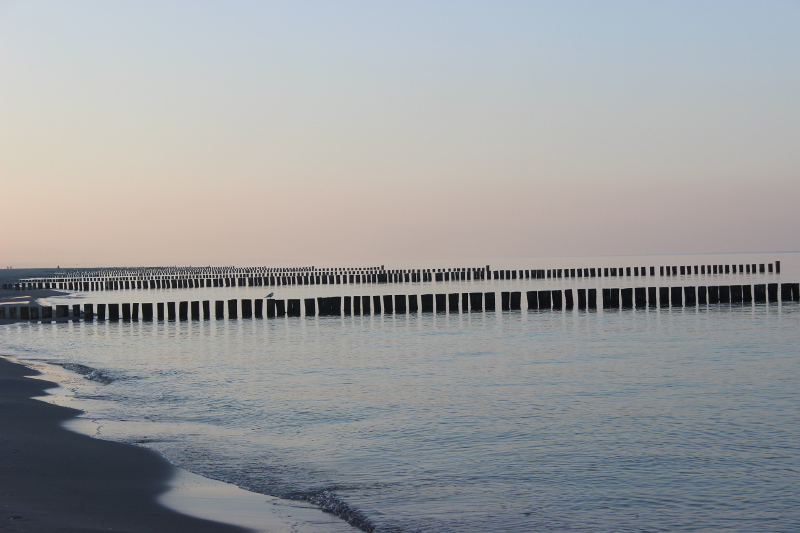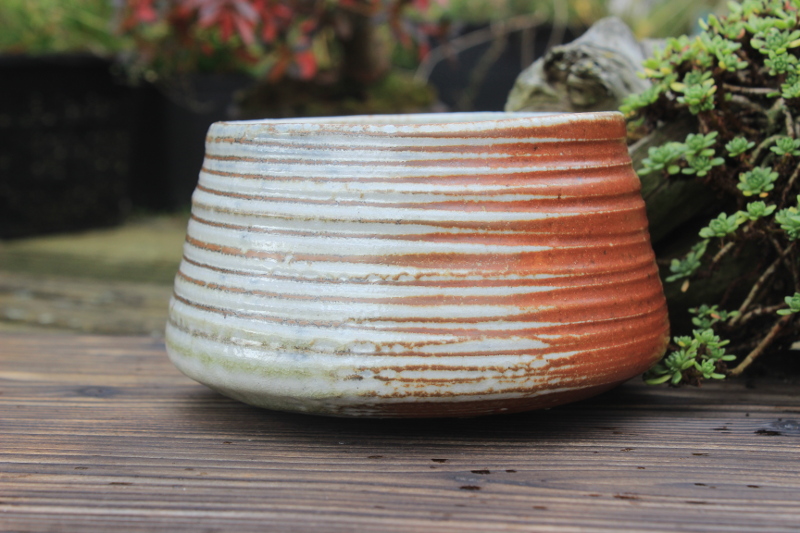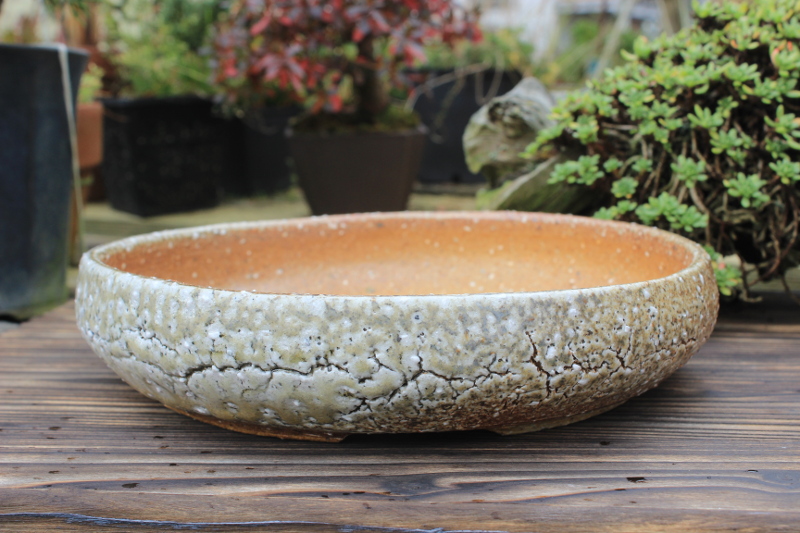What is Wabisabi?
 Wabisabi describes the core of the Japanese philosophy as an aesthetic principle and it is strongly related to the Zen Buddhism.
Wabisabi describes the core of the Japanese philosophy as an aesthetic principle and it is strongly related to the Zen Buddhism.
The word Wabi describes the loneliness, poverty, emptiness but also the sunset, the winter. Situations that create a mood or emotions of emptiness, desire like missing something.
The opposite word Sabi describes the maturity, patina and beauty, as for example the bark of an old tree or the afterglow. The meaning however is in no way the obvious beauty, which is deterrent by its directness, but the hidden, suspected and imagined beauty.
The combination of Wabi and Sabi show the special fascination and aesthetic. An example for Wabisabi is a rusty tea kettle with all the traces of centuries of usage or a sundown in autumn.
The core of Wabisabi is the focus to the essential, almost minimalistic. In your imagination an individual picture should be generated, enriched with your personal thoughts and experiences. This is the true Wabisabi, that is touching the visitor emotionally every time again, is enlightening him but simultaneously is creating desires.
The principle of Wabisabi has been applied to many Japanese arts:
– Japanese ceramics
– Bonsai, Kusamono and Shitakusa
– Ikebana
– Tea ceremonies
– Architecture and garden design
– Poetry and poems (Haiku)

For Japanese tea preparation pots with a sideward handle, Hohins or Shiboridashis are used.

Tea bowls for the tea ceremony underly many rules that are partially of practical nature, partially they are related directly to the ceremony.

Bonsai pots are a real challenge, as they normally recede into the background to point the attention to the trees.